PON, namely, Passive Optical Network, is a telecommunications network that uses ponit-to-multipoint fiber to the premises in which unpowered optical splitters are used to enable a single optical fiber to serve multiple premises. It is an optical-fiber-based network architecture that can provide much higher bandwidth in the access network compared with traditional copper-based networks and is regarded as an ideal solution to last-mile bandwidth bottlenecks. Some of the most primary PON parts and their functions will be introduced in the rest of this article.
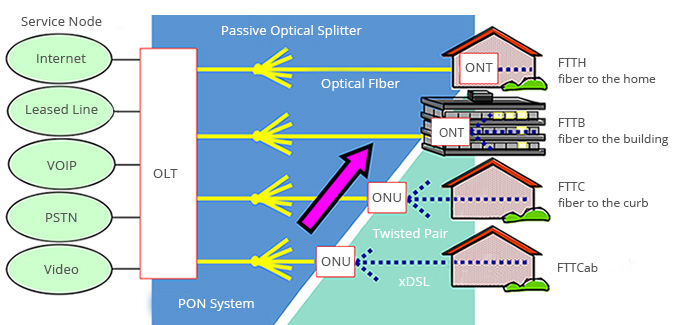
PON consists of an Optical Line Termination (OLT) at the service provider’s Central Office (CO), a number of Optical Network Units (ONUs) and Optical Network Terminals (ONTs) near end users and Optical Distribution Network (ODN) within which optical fibers, fiber optic connectors, passive optical splitters, and auxiliary components collaborate with each other. The above picture shows passive optical network system applied in FTTH/FTTB/FTTC/FTTCab.
OLT is located at the CO. Its main function is to control the information float across the ODN, going both directions. OLT has two float directions: one is upstream getting an distributing different type of data and voice traffic from users, the other is downstream getting data, voice and video traffic from metro network or from a long-haul network and sending it to all ONT modules on the ODN.
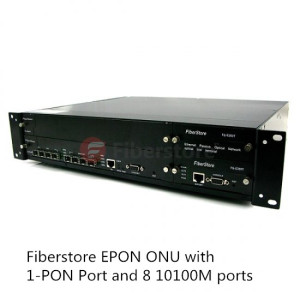
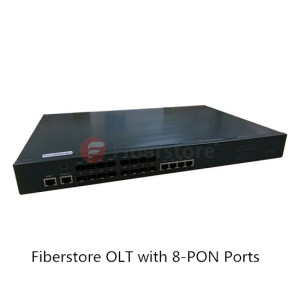
ONT and ONU are basically the same device. ONT is at the customer’s premises to use optical fiber for connecting to the PON on the one side, while interfacing with customers on the other side. ONU receives optical signal and converts it into an electrical signal. However, it is located outside the home, working in different temperature and weather conditions. Thus, ONU should resist water, winds and vandals. There should be an emergency battery backup in ONU in case that the power is off.
ODN containing optical fibers, fiber optic connectors, passive optical splitters, and auxiliary components, is an indispensable path for transmitting PON data and directly affects the performance, reliability, and scalability of a PON system.
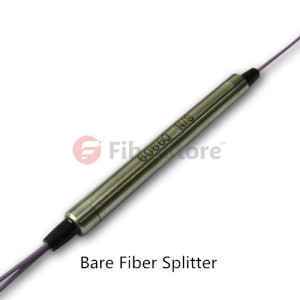
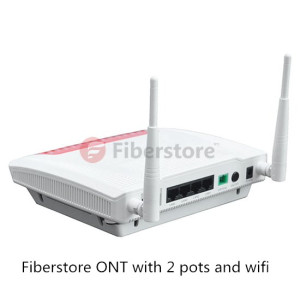
The passive optical splitter or PON splitter in ODN is the main part of PON being passive. With a single PON splitter taking one input cable, 32 or 64 subscribers can be served at the same time. In PON the splitters can be arranged in star, ring or tree configurations to increase reliability. There are mainly two kinds of passive optical splitters: one is the traditional fused type splitter as known as FBT coupler or FBT WDM optical splitter, which features competitive price; the other is the PLC splitter based on the PLC (Planar Lightwave Circuit) technology, which has a compact size and suits for density applications.
The mentioned components are the basic parts of PON. Fiberstore focusing on optical communication for more than 14 years in both technology and manufacturing, can offer perfect PON solution according to customers’ needs. All the mentioned components can be found in the online store of Fiberstore, including but not limited to: OLT, ONT, ONU, splitter, optical fiber and connectors.
